Moondru sareeramum thaan marandhaan Avan
Moondru avasthaigaLum than ozhithaan;
Moondru gunangaLum thaandivittan avan
Moondru padham kadandheri vitaan.
Word meaning
Moondru = three; sareeram = body; avasthai = stage; ozhithan = destroyed/wiped out; guna = three gunas; padham = stages of liberation; thaandu = cross over, jump; kadandhu = cross, transcend
Meaning
Ramana has transcended the three bodies (namely, the gross ‘sthula’ body, the subtle ‘sukshuma’ body and the causal ‘karana’ body), three avasthai (ie, stages or states, namely waking, sleeping and dreaming), the three gunas (namely sativa, rajas and tamas) and three states of liberation (salokya, samipa and sarupya) and is established in the Self.
After declaring the Bhagavan transcended different sets of five elements, tanmatras etc in the previous verse, VS explains how Bhagavan is beyond the grip of different sets of triads.
The three bodies are sthula sarira, which is gross body, suskhuma sarira, the subtle body and karana sarira, the causal body. The first is sustained by food, the second is composed of subtle energies and intellect, and the third is made of vasanas or samskaras (impressions from previous lives that cause this body to be born). With the death experience when he was a young boy, Bhagavan transcended all these limitations of bodies.
Bhagavan was beyond the grasp of the three gunas that bind us. In the Bhagavad Gita, Lord Krishna explains the three gunas thus:
Sattva or goodness, Rajas or activity, and Tamas or inertia;
These three Gunas of mind bind
The imperishable soul to the body, O Arjuna.
Of these, Sattva, being calm,
Is illuminating and ethical.
It fetters the embodied being,
The Jeevaatma or Purusha, by attachment
To happiness and knowledge, O Arjuna.
O Arjuna, know that Rajas
Is characterized by intense And is born of desire and attachment.
It binds the Jeeva by attachment
To the fruits of work.
Know, O Arjuna, that Tamas, the deluder of Jeeva,
Is born of inertia. It binds by ignorance, laziness, and sleep
[https://www.santosha.com/philosophy/gita-chapter14.html]
And he was beyond the grasp of the three avasthais (another meaning of avasthai is suffering) which are the three states of being, namely wakefulness, sleep and dream. In Ramana MaNam a book compiled by Ra Ganapathy, he observes that nobody ever saw Bhagavan sleep! While he was seen reclining in the sofa, no one ever saw Bhagavan close his eyes and rest.
According to Sivapuranam and the Bhagavad Puranam there are five different types of liberation or moksha, SV mentions only three here which are: Salokya means living on the same planet as God as when departed souls go to the land of their gods such as Vaikunta, whereas samipya is being near to God, a personal associate of God, and sarupya is having the same bodily features as God. Sayujya is deemed to be the highest where one merges with the Self.
Bhagavan is also beyond all the prescribed asramas or stages of life mentioned in the Shastras, with are: brahmacharya (student), grihasta (householder), vanaprastha (retired) and sannyasa (renunciate).
Interestingly, Bhagavan himself has confirmed that he was beyond all asramas in reply to question by a lawyer in a court case filed by one of his former devotees.
Question: To which asrama does Bhagavan belong?
Bhagavan: Atiasrama.
Q: What is it?
B: It is beyond the four commonly known asramas.
Q: Is it sastraic?
B: Yes, it is mentioned in the sastras. (Talks with Sri Ramana Maharshi, talk no. 281)
[From https://www.davidgodman.org/bhagavan-the-atiasrami/]
Moondru avasthaigaLum than ozhithaan;
Moondru gunangaLum thaandivittan avan
Moondru padham kadandheri vitaan.
Word meaning
Moondru = three; sareeram = body; avasthai = stage; ozhithan = destroyed/wiped out; guna = three gunas; padham = stages of liberation; thaandu = cross over, jump; kadandhu = cross, transcend
Meaning
Ramana has transcended the three bodies (namely, the gross ‘sthula’ body, the subtle ‘sukshuma’ body and the causal ‘karana’ body), three avasthai (ie, stages or states, namely waking, sleeping and dreaming), the three gunas (namely sativa, rajas and tamas) and three states of liberation (salokya, samipa and sarupya) and is established in the Self.
After declaring the Bhagavan transcended different sets of five elements, tanmatras etc in the previous verse, VS explains how Bhagavan is beyond the grip of different sets of triads.
The three bodies are sthula sarira, which is gross body, suskhuma sarira, the subtle body and karana sarira, the causal body. The first is sustained by food, the second is composed of subtle energies and intellect, and the third is made of vasanas or samskaras (impressions from previous lives that cause this body to be born). With the death experience when he was a young boy, Bhagavan transcended all these limitations of bodies.
Bhagavan was beyond the grasp of the three gunas that bind us. In the Bhagavad Gita, Lord Krishna explains the three gunas thus:
Sattva or goodness, Rajas or activity, and Tamas or inertia;
These three Gunas of mind bind
The imperishable soul to the body, O Arjuna.
Of these, Sattva, being calm,
Is illuminating and ethical.
It fetters the embodied being,
The Jeevaatma or Purusha, by attachment
To happiness and knowledge, O Arjuna.
O Arjuna, know that Rajas
Is characterized by intense And is born of desire and attachment.
It binds the Jeeva by attachment
To the fruits of work.
Know, O Arjuna, that Tamas, the deluder of Jeeva,
Is born of inertia. It binds by ignorance, laziness, and sleep
[https://www.santosha.com/philosophy/gita-chapter14.html]
And he was beyond the grasp of the three avasthais (another meaning of avasthai is suffering) which are the three states of being, namely wakefulness, sleep and dream. In Ramana MaNam a book compiled by Ra Ganapathy, he observes that nobody ever saw Bhagavan sleep! While he was seen reclining in the sofa, no one ever saw Bhagavan close his eyes and rest.
According to Sivapuranam and the Bhagavad Puranam there are five different types of liberation or moksha, SV mentions only three here which are: Salokya means living on the same planet as God as when departed souls go to the land of their gods such as Vaikunta, whereas samipya is being near to God, a personal associate of God, and sarupya is having the same bodily features as God. Sayujya is deemed to be the highest where one merges with the Self.
Bhagavan is also beyond all the prescribed asramas or stages of life mentioned in the Shastras, with are: brahmacharya (student), grihasta (householder), vanaprastha (retired) and sannyasa (renunciate).
Interestingly, Bhagavan himself has confirmed that he was beyond all asramas in reply to question by a lawyer in a court case filed by one of his former devotees.
Question: To which asrama does Bhagavan belong?
Bhagavan: Atiasrama.
Q: What is it?
B: It is beyond the four commonly known asramas.
Q: Is it sastraic?
B: Yes, it is mentioned in the sastras. (Talks with Sri Ramana Maharshi, talk no. 281)
[From https://www.davidgodman.org/bhagavan-the-atiasrami/]

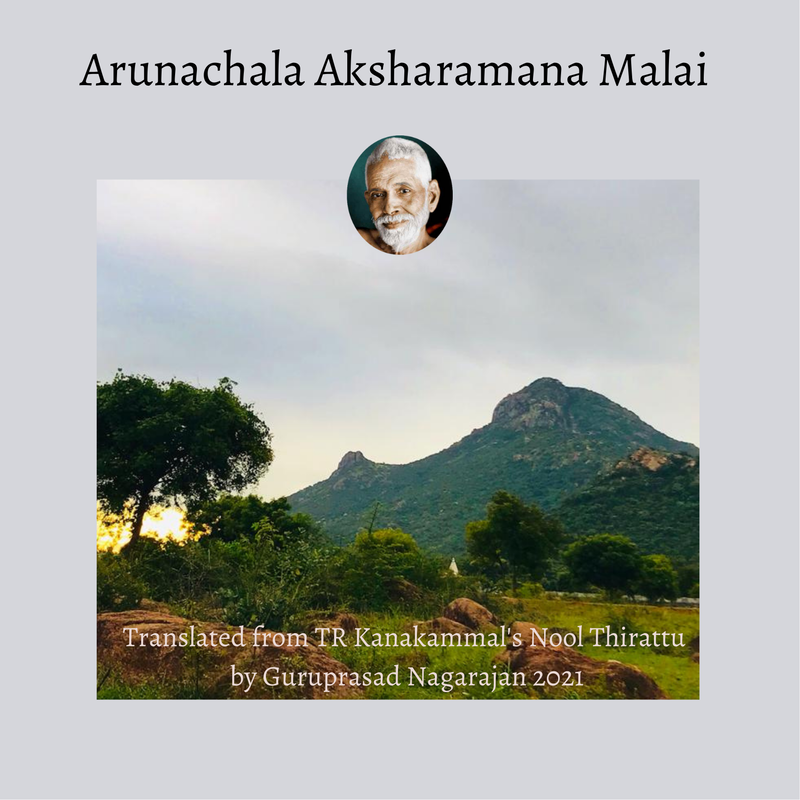
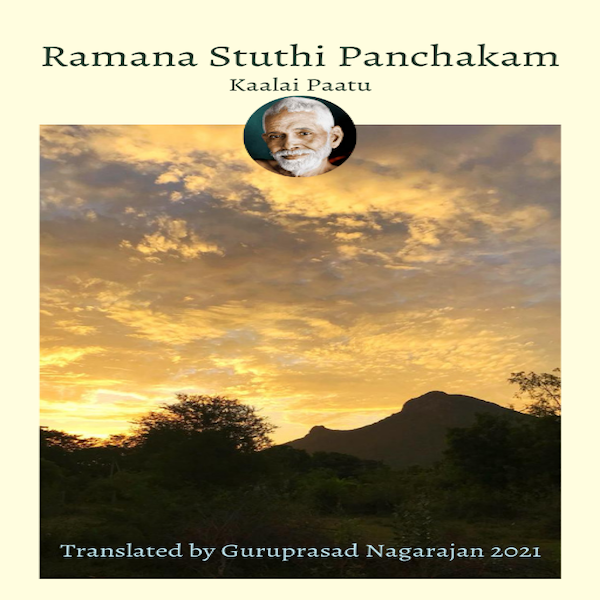
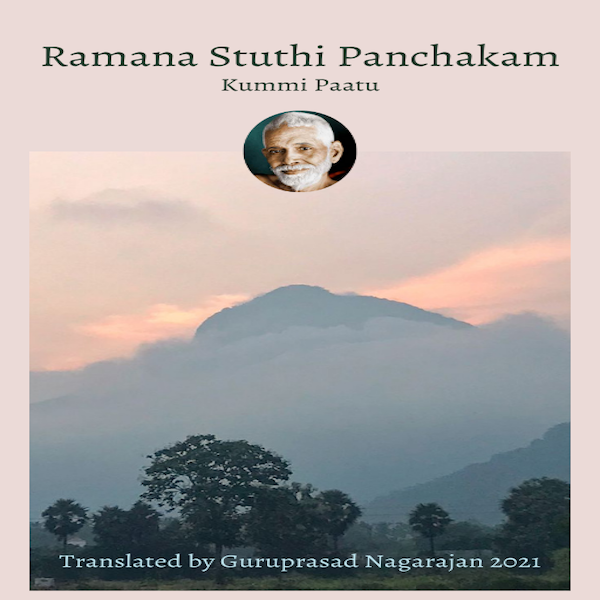
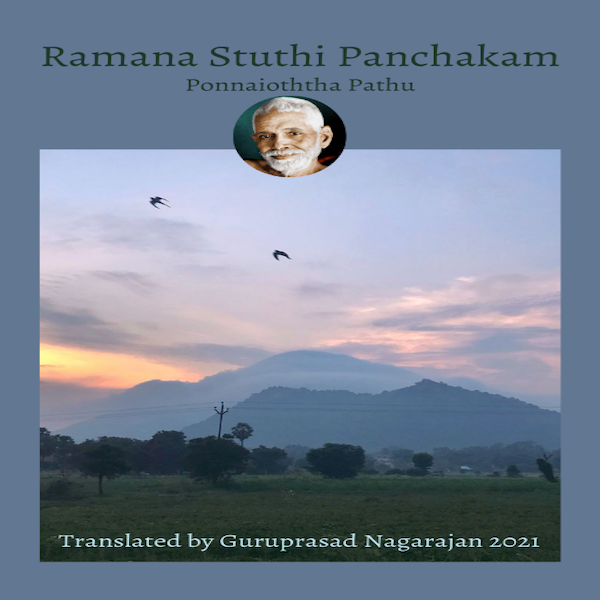
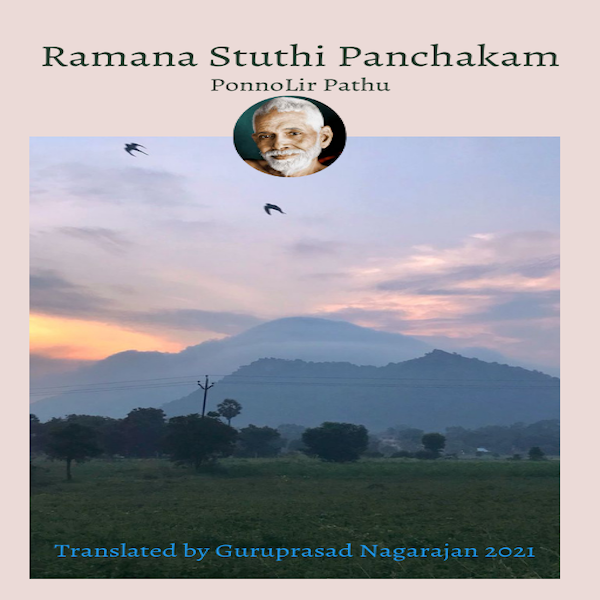
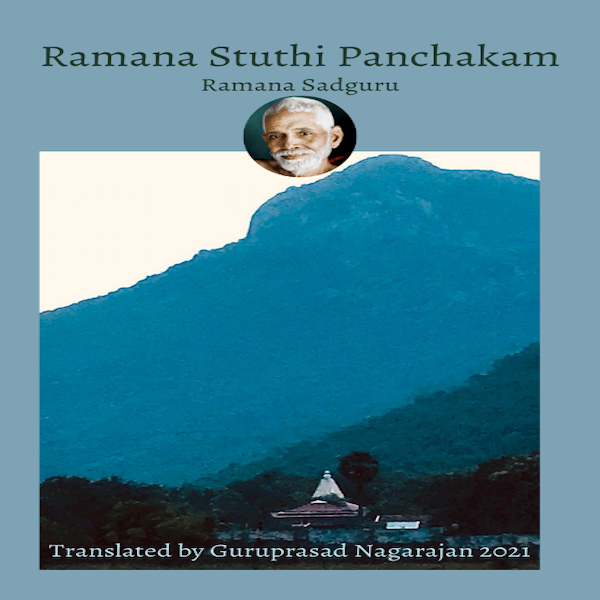
 RSS Feed
RSS Feed